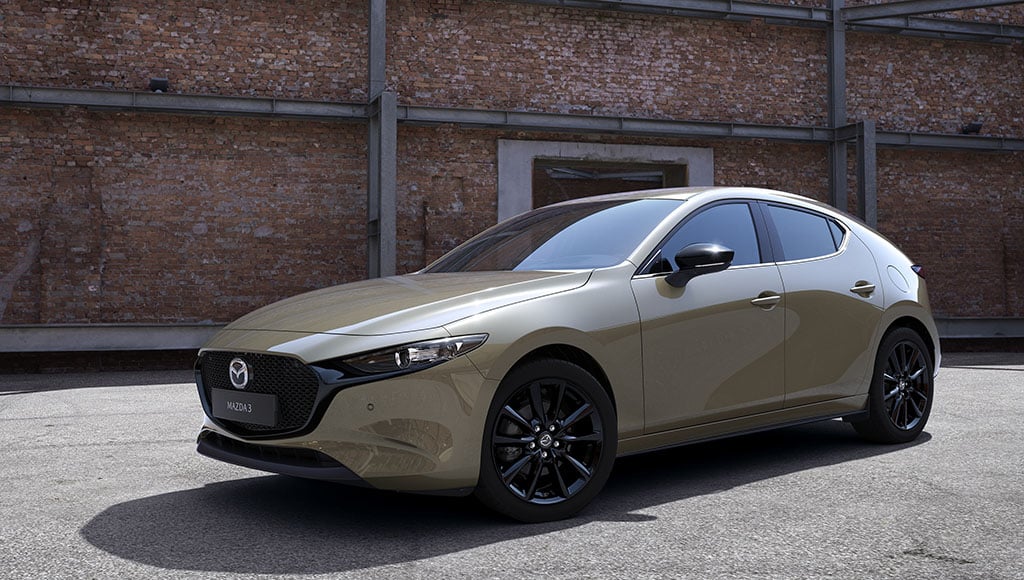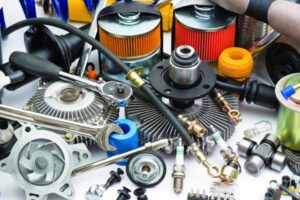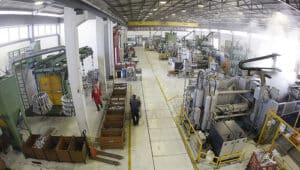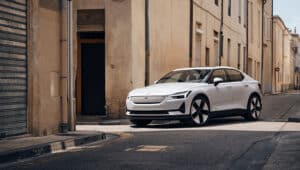The car industry needs more cars like the petrol Mazda 3. It needs this level of engineering. And, mostly, it desperately needs cars this beautiful.
Every time I drive a Mazda I come to the same conclusion: these are the most underrated cars in the industry. And I really cannot understand why the roads are not full of them.
But let’ start at the beginning. Mazda was founded in 1920 as a cork company. Yes, you read that right: a cork company – and that is all it did for almost a decade. By 1929 it started producing machine tools and from there the engineers quickly developed a prototype two-stroke petrol engine.
Big changes were afoot for Mazda going into the Nineteen Thirties, with a new plant built in Hiroshima (the original plant and headquarters were built in a salt farm) and the start of motorcycle production with an initial output of six prototypes and then another thirty units, the first sold to customers.
At the end of 1930 Mazda won their first motorcycle race and one year later the first Mazda truck was launched. Japan was developing fast, and it was only a matter of time before Mazda began looking at cars. The first prototype was built in 1930 but then the involvement of Japan in the Second World Was thwarted the company’s future plans. On August 6th, 1945, the USA dropped the atomic bomb over Hiroshima.
For the next 15 years Mazda concentrated on what they knew. Motorcycles and mostly three and four-wheeled trucks. It was not only until 1960 that, finally, the first passenger car was launched. The R360 Coupe had four seats and was powered by a 356cc air-cooled 16-horsepower engine. At just 300.000 yen, the R360 Coupe, much like the Fiat Nuova 500 in Italy, brought the dream of owning a car within the reach of a much greater number of people.

In 1967 Mazda introduced the Cosmo Sports 110S and with it, their first Wankel rotary engine, a hallmark of Mazda’s engineering and the one mechanical element forever linked to the Japanese constructor. The Wankel rotary engine is a pistonless internal combustion engine that uses rotors to produce power. Mazda won Le Mans in 1991 with it in the spectacular 787B, the only time a rotary engine won the world’s greatest race.
Anyway, the technology was phased out in 2006 when the Mazda RX-8 was discontinued – mostly because the rotary engine was not as fuel-efficient as needed in the modern world – but Mazda always kept an aura of innovative approach to car manufacturing and the will to search and explore new solutions.
I once met a man named Kevin Rice at the launch of the fourth-generation MX-5, the most famous Mazda ever. At the time he was Design Director for Mazda in Europe and, me being an industrial design graduate, you can imagine we had a lot to talk about.
I knew the work of Mr. Rice, I admired it immensely and I did my best to be as interesting as possible to someone who had one of my dream jobs at the time. We talked cars, racing, Formula One, Italy (Rice’s biggest passion) and, logically, about design in general and Mazda design in particular. And what he told me that stuck with me was that Mazda cares. ‘We care about what we are doing’ – I remember him saying – ‘we don’t want to do things just because we can or we have to; we want to do them right, we want to be proud of our cars’.
Every Mazda I have driven since that day in 2016 has lived up to that promise. In fact, I always write that in many aspects of the car – namely engineering integrity – a Mazda is usually more premium than premium brands.
The facelifted Mazda 3 then. What is it? Simple: a family hatchback in the best VW Golf tradition. Except to my eyes, since it was launched in 2019, the Mazda 3 is the most beautiful model in its segment by far. Very far. The lines, the organic shape, the thought and execution in every detail, it’s magnificent.

I tested the Nagisa special edition, a kind of top-of-the-line model with new colors and trims, it elevates the 3 a level above and I really, really enjoyed it. The 2 litre Skyactiv-G petrol engine is super smooth, if not very focused on performance, and the six-speed manual gearbox has a quality of feel and precision more akin to a Porsche than a small hatchback. I kid you not. It’s that great.
Quality abounds in the cabin, the infotainment works a treat, it’s comfortable, practical and average fuel consumption is around 7 litres/100km without any kind of hybrid gubbins that can cause future troubles. It’s a straightforward car with an underlying engineering integrity I deeply admire.
It’s not a car that makes you wake up in the morning and go for a drive. It’s just a very good car at being a normal car. And it’s so beautiful I always, always, looked back at it after I parked it.
The Nagisa edition starts at €36.655 and it’s absolutely worth it. But, mainly, the Mazda 3 is worth it. There are so many average cars on the road, yet it’s been at least ten years since I drove an average Mazda. And the 3 is the most beautiful of them all. If you are looking for this type of car I promise it will make you one proud owner.


























